As written by @daggett in the comments, the body of the post request is written to the FlowFile content.
You may extract the FlowFile content into an attribute using the ExtractText processor.
In case the whole request body consists of the table name you may use (.+) as RegEx to store it in an FlowFile attribute, as seen below.

This will result in the whole content being written to the defined attribute.

To prevent you from being vulnerable against SQL injection you should escape any user based input in your queries. Thus instead of executing select * from myschema.mytable you should rather use select * from ? as query.
To let the ExecuteSQL processor known what to escape and insert instead of the question mark, you must add two attributes - sql.args.1.type and sql.args.1.value - to your FlowFile before sending it to the ExecuteSQL processor.
You may use an UpdateAttribute processor to do so. The type varchar is resembled by the number 12. To find out the correct mappings consult the documentation.


You then may use it as part of your SQL-Query inside the ExecuteSQL processor.

Remarks
You should be aware of potential out-of-memory errors in case the content of the post requests gets to large. In general it is NOT recommended to store the whole content as attribute as attributes are generally stored in memory. In case you are able to alter the http request signature I recommend you to use a common format - e.g. JSON - and only extract the wanted value using a corresponding processor instead of ExtractText.
Providing the variable as HTTP header
As suggested by @mattyb in the comments, instead of using the body of a POST request you could also provide the value as HTTP header and read it from there.
That way you may remove the ReplaceText processor entirely.
To do so you may alter the request to something along the lines of:
curl --request POST \
--url http://localhost:31337/contentListener \
--header 'databaseName: nyan.cat'
Inside the ListenHttp processor you have to set the value ^databaseName$ for the HTTP Headers to receive as Attributes (Regex) property.
This will result in the attribute databaseName being set as with the previous approach.




